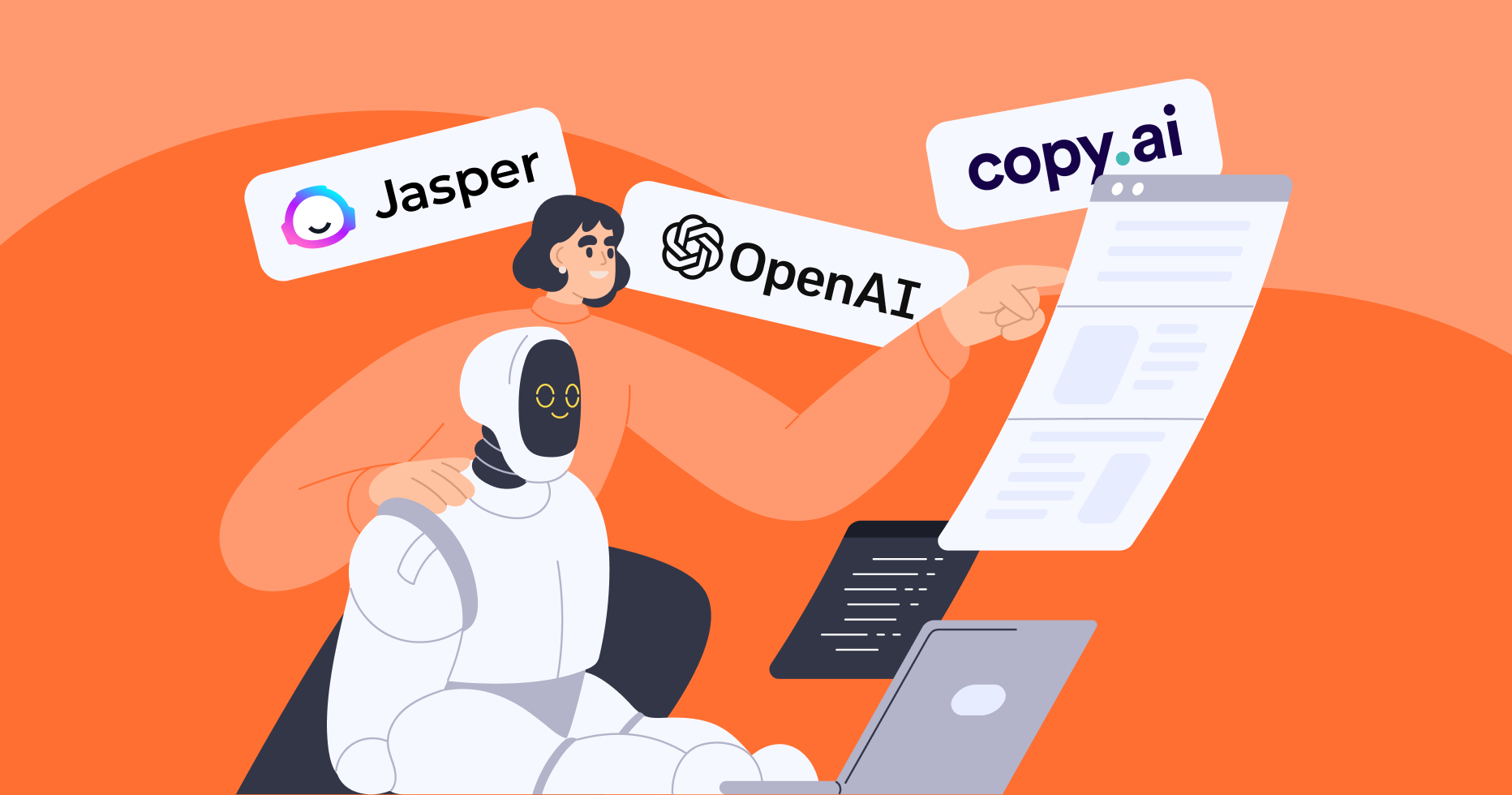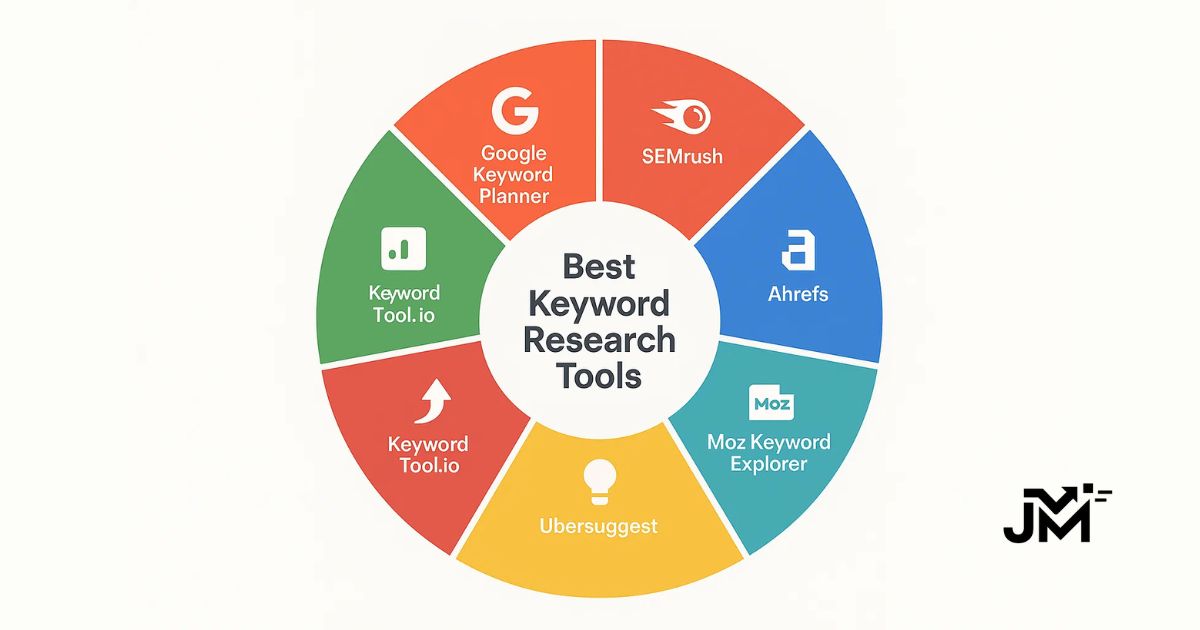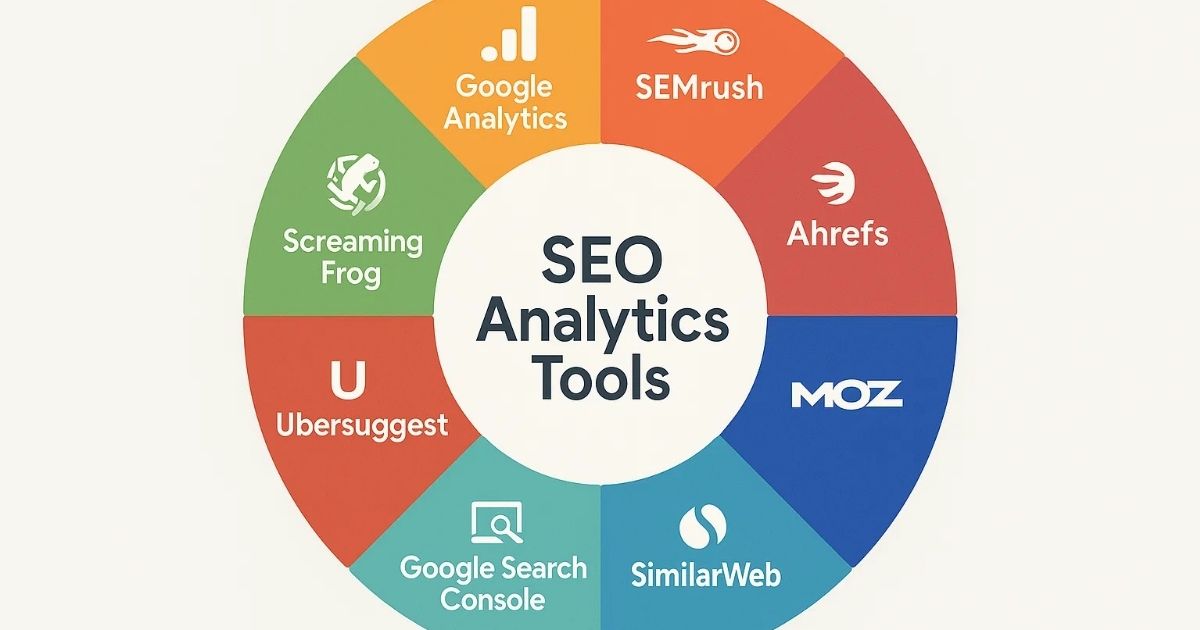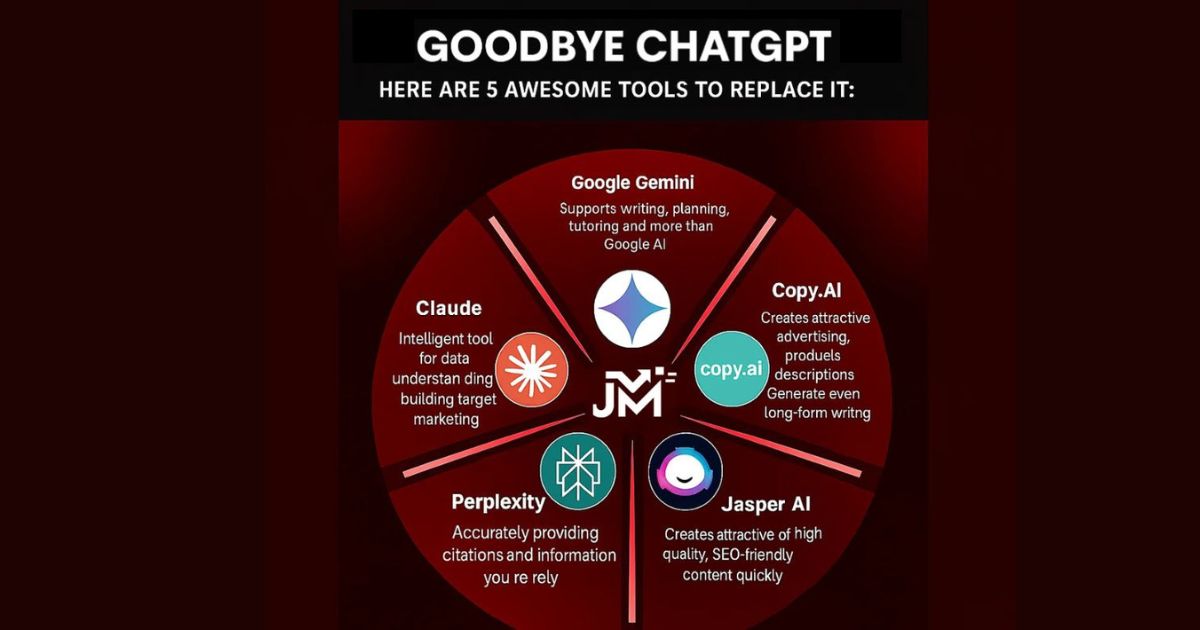Artificial intelligence (AI) and machine learning technologies have revolutionized many industries, and writing is one that has seen major benefits from these advances. AI tools are now widely available to assist writers at any stage - from initial planning through final proofreading. If leveraged properly, AI can dramatically boost productivity and the quality of written work.
What is an AI Writing Tool?
AI writing tools utilize natural language processing, machine learning algorithms, and large datasets to analyze written content. Popular examples include Grammarly, Hemingway, ProWritingAid, QuillBot, and many more. These tools live online, as browser extensions, or desktop applications. They are designed to seamlessly enhance a writer's existing workflow.
7 Tips for Leveraging AI Writing Tools
Tip #1: Proofread and Catch Mistakes
No matter how carefully one proofreads, it's easy to overlook small mistakes. The human brain tends to see what it expects to see. That's where AI can help. Writing tools use advanced algorithms to proofread with a fresh perspective, catching errors that may be missed.
After finishing a section, it's good practice to paste one's writing into an AI assistant to get another set of eyes on it. Within moments, it highlights any typos, grammatical issues, repetitive phrasing, or inconsistencies. This allows the writer to focus their own editing on higher-level concerns like flow and structure rather than nitty-gritty fixes.
Don't just rely on basic spellcheck either. AI proofreaders examine context and catch errors beyond spelling, like subject-verb agreement mistakes or awkward phrasing. They have saved much time from hard-to-spot flubs.
Tip #2: Improve Word Choices and Flow
AI tools can do more than just proofread - their machine learning gives profound writing insights. By analyzing vast datasets, AI identifies patterns that improve flow, clarity, and impact.
It may be noticed that strengthening a verb elevation over a lengthy adjective creates cleaner prose. Reordering clauses allows smoother reading. AI has also helped me reshape complex technical passages into clear, digestible sections for research papers.
Consider AI's alternative wording, phrasing, and structure suggestions carefully. While not replacing human creativity, its unique massive processing perspective regularly inspires refined rewrites I'd otherwise overlook. With a discerning eye, leverage AI as an intelligent collaborator to elevate your writing.
Tip #3: Auto-Summarize or Rephrase Content
Once you've finely tuned your writing with proofreading and reworking based on AI's suggestions, its other abilities can help take your content in new directions. Are you tasked with creating social media summaries or variations of a piece for different audiences? AI assists without the slog of starting over.
Machine learning allows tools to deeply understand your document and automatically generate high-level summaries condensing the key points. I've also had success using AI rephrasing to produce fresh-sounding deliverables without rewriting from scratch. It reworks sections fluently while maintaining core ideas, just swapping in synonyms and slightly rearranging syntax.
This has saved me valuable time in the past when tasked with additional spin-offs like an executive summary from a full report or tweaking a blog for different reading levels. With a few tweaks to ensure my voice still shines through, AI lends a creative hand to easily spin unique angles from content I've already invested hours into perfecting. Don't be afraid to let intelligent machines apply their talent divergently to maximize the utility of your original writing.
Tip #4: Get Feedback on Readability and Style
So far we've focused on nuts and bolts edits, but it's also essential writing resonates optimally with your readership. AI tools provide analytical data on style that can reveal opportunities for enrichment.
Passive voice, complex syntax, and redundancies subtly obstruct readability without notice. But algorithms powered by vast troves of user data precisely measure factors like reading level, attention spans, verbosity, and more. Personally, analyzing one piece with six different tools uncovered inconsistencies I'd overlooked.
Pairing style feedback with audience profiling, I could precisely tailor language and structure. Condensing without losing meaning, simplifying terminology for newcomers - data-driven refinements strengthened impact. Previously ambiguous passages blossomed in clarity.
Style analytics don't replace your creative voice, but illuminate how to best share your message. Weaving numbers-based guidance with human sentiment ensures ideas resonate profoundly. Consider tools not just editors, but storytellers enhancing comprehension and engagement for every reader.
Tip #5: Brainstorm, Research, and Draft with AI
While editing remains crucial, harnessing AI's potential earlier in the process can spark fresh perspectives. Several tools offer concept mapping and keyword research assistance to prime your mental pumps at the start.
I've found concept maps especially valuable for visually connecting ideas that may have felt disparate before. Seeing relationships laid out boosts insight into how to structure content in a logical flow. Meanwhile, keyword analysis helps target your terminology to what readers actually search for.
Some AI tools go a step further, using my research and notes to automatically generate an initial draft. Seeing words on paper helps solidify nebulous concepts for me. While these primera rarely need publishing as-is, they plant seeds for refining my own original sections.
Don't be afraid to let AI propose content and converse about your work either. Bouncing ideas verbally with a helpful machine exposes blindspots or assuages the writer's doubts. Ultimately, early brainstorming through creation fosters synthesis bringing humanity and innovation together. So consider AI's drafting and conceptual assistance your muse from ideation onward.
Tip #6: The Art of Human-AI Collaboration
No machine can replace human creativity, empathy, and nuanced thought. While AI proves tremendously helpful, it's essential to thoughtfully evaluate tool feedback. Automated writing aids have blindspots, so cultural context, emotive language, and unconventional styles may get lost in translation. Review suggestions discerningly with your overarching goals and voice in mind.
Rather than following AI leads uncritically, maintain ownership by reflecting on how they align with your preferences. Creative flourishes that go beyond data-informed norms may not come naturally to algorithms either. So feel empowered to deviate from mechanic recommendations if your instincts signal a better path.
The future remains one of symbiosis, not replacement. As tools inevitably progress, so too will our understanding of applying their strengths judiciously. For now, AI enhances productivity tremendously when treated as a helpful guide rather than an authority. With wisdom and care, human judgments will always surpass what code alone can discern. Collaboration, not deference, ensures writing resonates as richly artistic and human as ever before.
Conclusion
Used judiciously, AI writing tools can turbocharge productivity and quality by automating routine tasks. Just remember - let the machine assist, not replace, your creative writing abilities. AI simply aims to improve, not dictate, the end product. Adopting these tips incorporates the best of both human and artificial intelligence.














